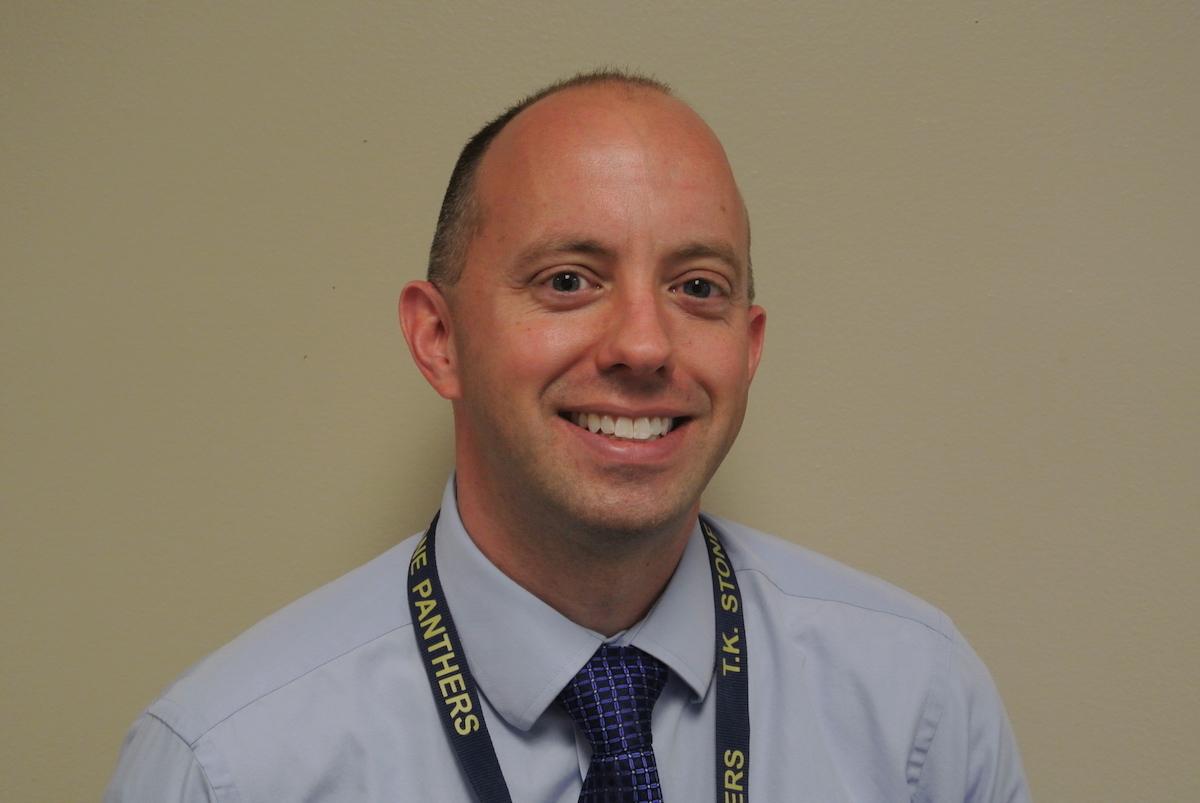Engineering: From Trial-and-Error to NGSS-Aligned
By Cindy Workosky
Posted on 2017-10-24
Four years ago, when the other seventh-grade science teacher and I started redesigning our curriculum for the NGSS, we knew we would have to include engineering. At that time, my understanding of engineering was pretty limited. I knew that engineers use science to design solutions to problems and that there was an engineering design cycle that included design, build, test, revise. So that’s where we started.
In Kentucky, MS-PS3-2, 3, 4, and 5 are all designated as seventh-grade standards. We decided to bundle MS-PS3-2 and MS-PS3-5 and teach using the phenomenon of roller coasters. Our culminating project for this mini-unit was a student-designed paper roller coaster.
We started the unit by introducing roller coasters to our students, showing YouTube videos, and using an Imagineers website to build a virtual coaster. Then we taught about kinetic energy and potential energy and conducted activities to reinforce those ideas. Obviously, our NGSS strategies faltered then because the NGSS is supposed to shift instruction from “learning about” to “figuring out.” Since we’re focusing on engineering in this piece, we’ll just skip over that NGSS faux pas and move on (for now).
Once we felt the students had a thorough grounding in the disciplinary core ideas about roller coasters, we progressed to the “engineering task.” We had students define the problem by identifying criteria and constraints. Time, size, and materials were part of the constraints. Then we asked the students to design their own roller coaster using the “design, build, test, revise” cycle. The students immediately began constructing the roller coasters they had designed. They turned their design sketches into reality and constructed fun coasters without really considering the science behind the design.
It wasn’t until I dove into the EQuIP Rubric that I realized this might be a problem. (The EQuIP rubric can be used to see how well lessons or units are designed for the NGSS.) A.3 in Category I of the rubric states, “When engineering is a learning focus, it is integrated with developing disciplinary core ideas from physical, life, and/or Earth and space sciences.” As I pondered this, I realized that engineering activities in an NGSS classroom need to be rooted in core ideas from life, Earth, and/or physical science. This meant I needed to craft my engineering challenges to ensure that successful completion of them requires explicit application of one or more core ideas.
To salvage the roller coaster engineering project, we attempted to connect core ideas through student reflection on the process. We asked students about design choices they made and how those choices related to energy. We had students identify places in their build where they deliberately changed their coaster to increase or decrease kinetic energy. While this did shift the focus toward the science behind the design, I wasn’t satisfied.
Even after four years, we’re still struggling with how to create engineering design projects that challenge students to actively consider science through the design process. Often, even in the roller coaster project, students make changes based more on trial and error than on scientific thinking. I wish I could offer you a solution to this problem, but I have only a few untested suggestions.
My first suggestion is to start the engineering activity with the understanding that we will be discovering ideas about a specific science concept as we work through the engineering design process. If we prepare students with this expectation and keep returning to it, students will begin to internalize it as well.
One way to accomplish this is to have students complete some kind of daily reflection. We might ask
- What have you learned about (concept) today?
- How will you apply this to your design work tomorrow?
- What new learning about (concept) did you use in your design work today?
Setting the expectations that students will learn and use their learning, providing daily time for reflection, and encouraging productive classroom talk around the intersection of the science and engineering work may provide the catalyst we need to move trial-and-error engineering projects toward true NGSS-aligned engineering tasks.

David Grossman
David Grossman is a middle school science teacher in Kentucky. He has worked to support NGSS implementation in his school, district, and state. He is currently helping to develop/refine parts of Kentucky’s new science assessment system, and he serves on Achieve’s Peer Review Panel for NGSS-designed lessons and units.
This article was featured in the October issue of Next Gen Navigator, a monthly e-newsletter from NSTA delivering information, insights, resources, and professional learning opportunities for science educators by science educators on the Next Generation Science Standards and three-dimensional instruction. Click here to access other articles from the September issue on assessing three-dimensional learning. Click here to sign up to receive the Navigator every month.
The mission of NSTA is to promote excellence and innovation in science teaching and learning for all.
Visit NSTA’s NGSS@NSTA Hub for hundreds of vetted classroom resources, professional learning opportunities, publications, ebooks and more; connect with your teacher colleagues on the NGSS listservs (members can sign up here); and join us for discussions around NGSS at an upcoming conference.
Future NSTA Conferences
2017 Fall Conferences
National Conference
Disclaimer: The views expressed in this blog post are those of the author(s) and do not necessarily reflect the official position of the National Science Teaching Association (NSTA).
Engineering Physical Science Middle School Elementary


